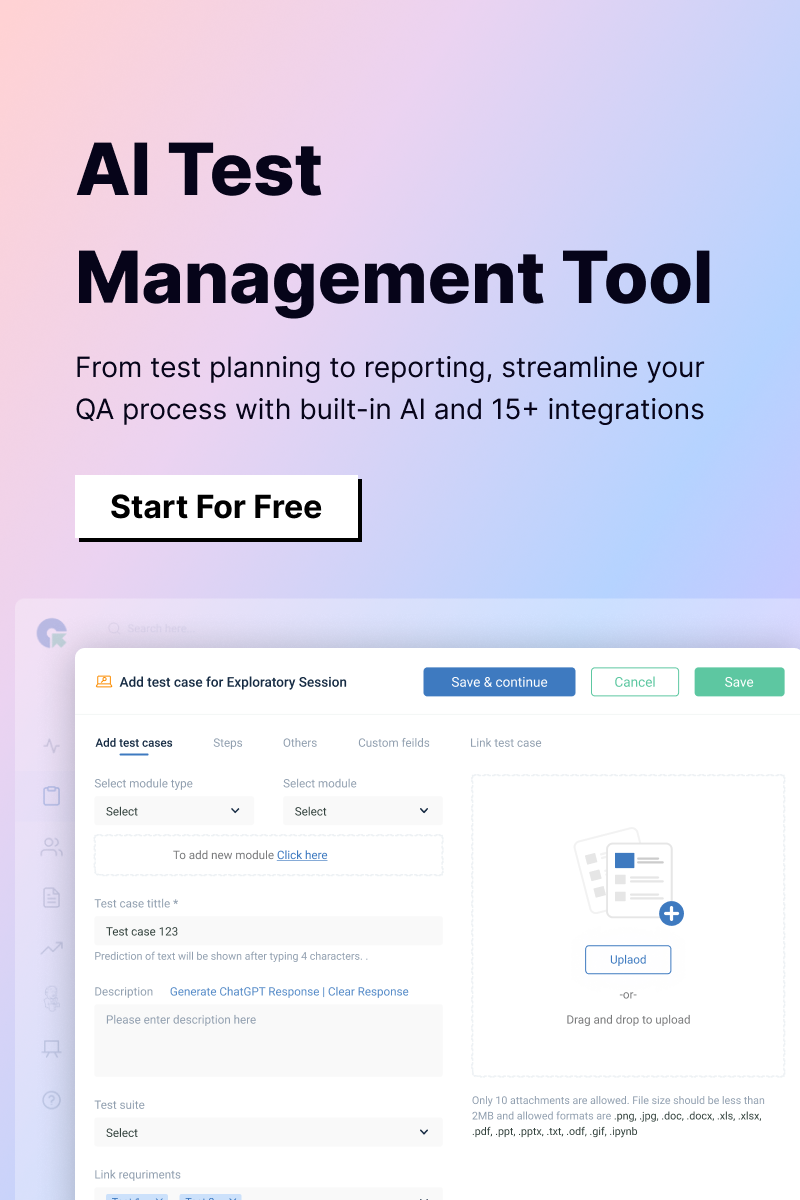Every October, we celebrate Cybersecurity Awareness Month, a reminder that in our daily lives, safety is not just the security team’s job. It is everyone’s.
Cyber threats don’t take time off. For those of us in testing and quality, cybersecurity awareness hits even closer to home. We work in environments that handle sensitive data, build test automation connected to real systems, and often have elevated access to the very things cyber attackers love.
So, while developers may ship the code, we testers often guard the gates and that means cybersecurity should be part of our everyday quality mindset.
Why Cybersecurity Matters for Testers
- Test data can be as sensitive as production data. A leaked test database can expose real user information if it is not anonymized.
- Automation frameworks and CI/CD pipelines are highvalue targets. If compromised, attackers can inject malicious code or steal credentials.
- Access privileges are often broader than we realize. Many testers have API keys, credentials, and tokens that if mishandled could open the door to bigger breaches.
In simple words, our work touches the security surface more often than we think.
7 Cybersecurity Tips Every Tester Needs Now
1. Sanitize and mask test data
Never use real customer data in your test or staging environments. It is safer and smarter to work with anonymized or synthetic data. It keeps sensitive information protected while still being able to do testing effectively.
2. Treat credentials like gold
Credentials are not meant to live in your scripts or configuration files. Keep the API keys, passwords, and tokens in secure vaults or environment variables. It is a small step that prevents big headaches later.
3. Keep your test tools up to date
Whatever you rely on Selenium, Postman, Jenkins, Cypress, Playwright make sure it is patched and current. Attackers often look for outdated dependencies as easy entry points.
4. Secure your Automation Testing Pipelines
Implement Multi-factor authentication to access the CI/CD Systems. Setting up the appropriate roles and permissions for the team members who can trigger builds, change the tokens regularly, and keep detailed logs of all activities. A secure pipeline keeps everything safe.
5. Keep an eye on your third party integrations
Before adding a plugin or library from GitHub or anywhere on the internet, pause for a quick review. Is it from a trusted source? When was it last updated? Is it secured? Verifying these details takes only a few minutes but prevents major risks.
6. Stay alert to phishing in your workflows
As testers, we are getting a lot of build alerts and notifications from the tools. Before clicking any link especially if it feels suspicious or urgent take a second look. A quick check can save your system from a compromise.
7. Communicate when you see something that is not correct
If you notice insecure practices like shared passwords, exposed URLs, or weak access controls, raise them immediately. Early action makes a difference and builds a stronger security culture for everyone.
How Teams Can Build a Security First Testing Culture
- Include basic security checks in your test plans.
Even small validations (like verifying HTTPS or checking secure headers) go a long way. - Collaborate with security teams.
Testers can contribute by helping to reproduce reported vulnerabilities and validating fixes. - Automate security awareness.
Add reminders in pipelines like a banner that appears if secrets are detected in commits or scripts. - Make the security bugs part of quality.
Treat them with the same seriousness as functional or performance defects.
As testers, we are curious and trained to think about what can go wrong, which makes us natural allies in cybersecurity.
This Cybersecurity Awareness Month 2025, let us expand our definition of quality to include safety for our users, our systems, and our data.
Good testing does not just find the bugs. It protects trust.
QA Touch always focuses on streamlining software testing by launching innovative and futuristic approaches. We aim to foster learning and growth and maximize the QA potential. Our comprehensive platform is a one-stop solution for sharing thoughts, nurturing innovation, and strengthening the community! Book a free demo with us to learn how we can save your prestigious resources and deliver stable and user-friendly products!










